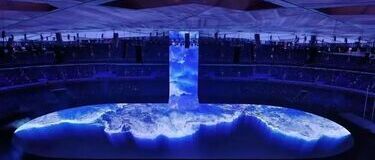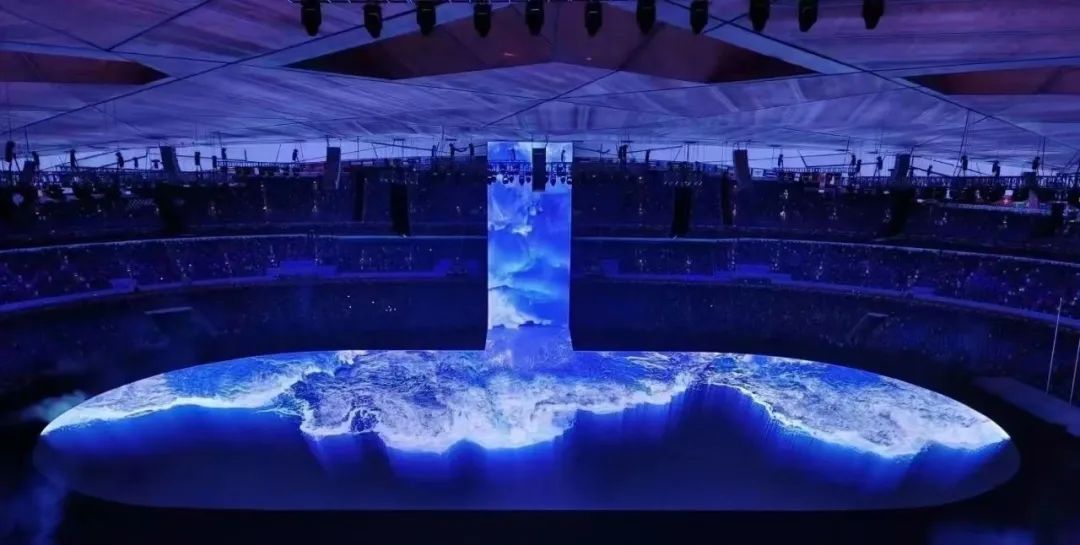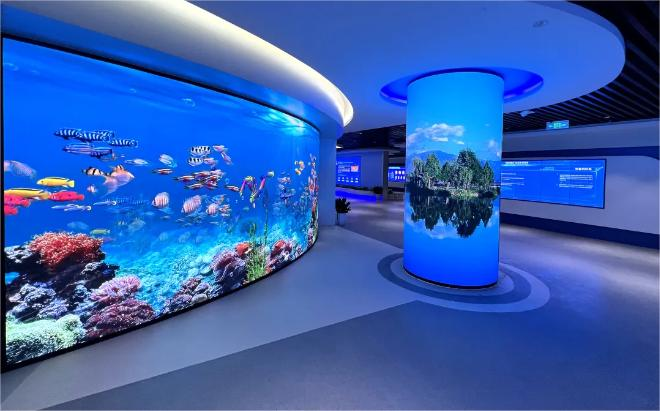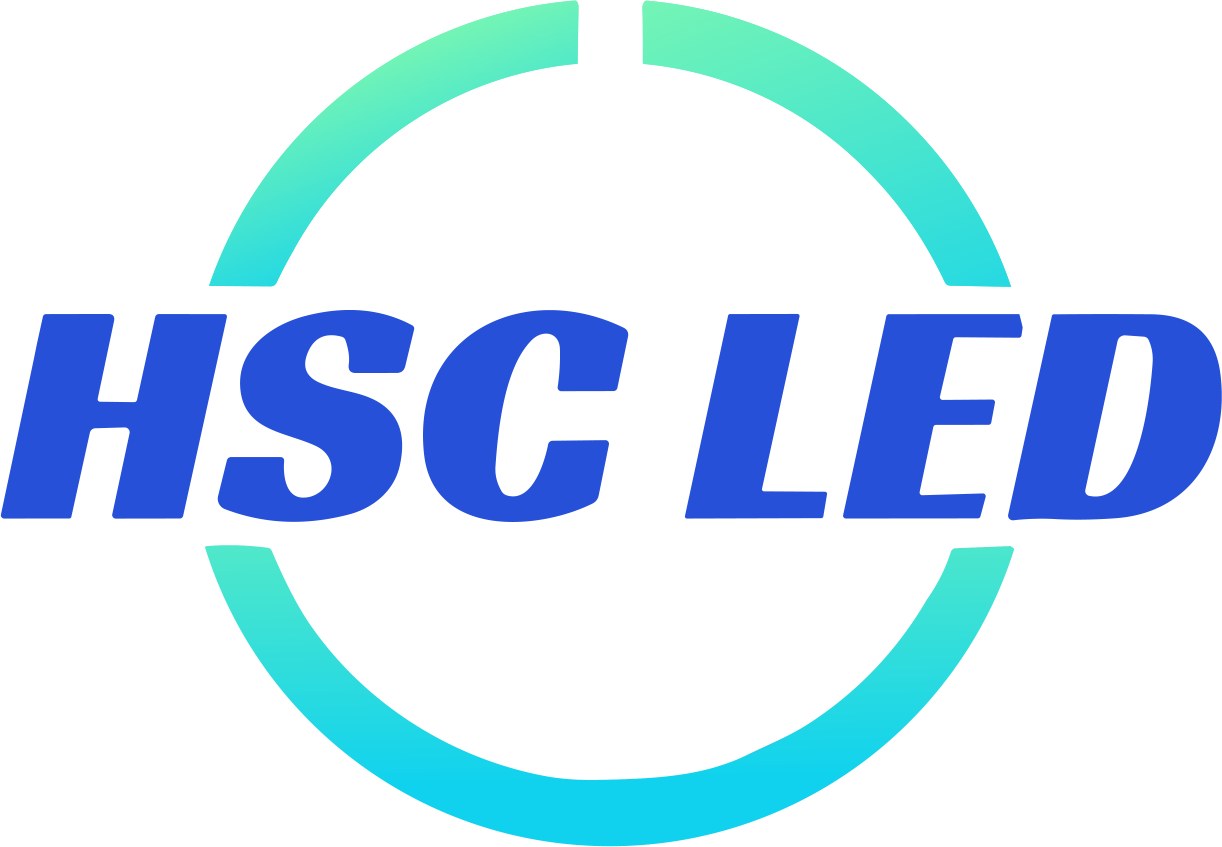News
Site Editor
 Site
https://hscled.cn08.wondercdn.com/uploads/image/68931a3c33409.png
LED displays play a vital role in modern events, whether it is concerts, exhibitions or sports events, LED displays can provide high definition and high brightness visual effects to enhance the audience experience.
Site
https://hscled.cn08.wondercdn.com/uploads/image/68931a3c33409.png
LED displays play a vital role in modern events, whether it is concerts, exhibitions or sports events, LED displays can provide high definition and high brightness visual effects to enhance the audience experience.
Best Practices for Setting Up and Managing Rental LED Displays
Views: 2548
Author: Site Editor
Publish Time: 2024-07-18
Origin: Site
LED displays play a vital role in modern events, whether it is concerts, exhibitions or sports events, LED displays can provide high definition and high brightness visual effects to enhance the audience experience. In concerts, LED displays not only show the singer's performance in real time, but also enhance the stage performance through dynamic visual effects; in exhibitions, LED displays can be used to display product information, play promotional videos and attract the attention of visitors; in sports events, LED displays are used to show the progress of the game in real time, the score and the exciting playback to enhance the audience's sense of participation and the atmosphere of the scene.
This article aims to provide best practices for setting up and managing rental LED displays to ensure their efficient and reliable operation at various events. By understanding the best practices in every aspect of the process, from choosing the right display, installation and commissioning, operational management, to maintenance and cost management, you will be able to ensure that your LED displays are optimized to deliver a superior visual experience in every situation.

Choose the right LED display
Choosing the right LED display is the basis for success.
According to the type of activity, venue size, audience distance and other factors, to determine the basic needs of the display. For example, a large concert requires a high-brightness, large-size display, while a small trade show may only require a medium-size display.
Resolution determines the clarity of the display, while pixel pitch affects the viewing experience of the audience. Generally speaking, the smaller the pixel pitch, the clearer the image. For close viewing occasions, such as exhibitions and conferences, it is recommended to choose displays with a small pixel pitch; while for long-distance viewing occasions, such as sports events and large outdoor activities, displays with a large pixel pitch can be chosen.
Brightness and viewing angle are also important considerations when choosing an LED display. Brightness should be high enough to ensure that the display can be clearly visible even under strong light (e.g. outdoor daytime). At the same time, the larger the viewing angle, the wider the viewing range of the display and the clearer the audience can view it from different angles. This is especially important for events where the audience is widely distributed, such as stadiums and large performance venues.
Pre-Setup Preparation
Performing a detailed series of preparations before installing your display is key to ensuring the process goes smoothly. Below are a few important preparatory steps:
Site survey: first, a thorough survey of the site where the display will be installed is required. This includes understanding the layout, power supply and security of the site. This information will have a direct impact on the layout of the display and the connection of the equipment to ensure that the subsequent work is carried out in an organized manner.
Display Layout Design: Based on the characteristics of the venue and the results of the survey, the design of the display layout is a crucial step. By optimizing the layout plan, it can ensure that viewers can get the best viewing experience at any position, avoiding visual blind spots and ghosting problems. A well-designed layout can greatly enhance the viewer's overall perception.
Equipment Inspection: Detailed inspection and testing of all equipment is essential prior to transportation and installation. This includes the integrity and connectivity of the cables, the proper operation of the control system, and functional testing of the display itself. Only by ensuring that all equipment is intact can we ensure stable operation after installation and avoid unnecessary failures and delays.

Installation and Commissioning
Installation and commissioning is the key stage of the display project, which requires special attention to the following aspects:
Safe installation: safety must be given top priority during the installation process. Detailed description of the installation process needs to comply with the safety matters, to ensure that the display installation structure is stable and reliable, cable management is reasonable and orderly, to avoid the safety hazards caused by improper installation. A safe installation process is the basis for ensuring the stable operation of the display for a long time.
Calibration and alignment: After the installation is completed, accurate calibration and alignment of the display is essential. This includes adjusting the color, brightness and color consistency of each display to ensure a seamless picture and uniform visual effect when multiple screens are spliced together. Only after fine calibration can the best display effect be realized.
Signal test: After the installation is completed, the detailed test of video signal transmission is the last step. The testing process needs to check whether the signal transmission is stable, to avoid delays or signal loss, to ensure that the display effect and user experience reach the expected level. Signal testing is an important part of ensuring the normal operation of the entire system.
Through the strict implementation of the above steps, you can effectively ensure that the display installation and commissioning process is carried out smoothly, while maximizing the operational stability of the equipment and the audience's viewing experience.
Cost Management and Best Practices
Effective cost management is critical when setting up and managing rental LED displays. Firstly, define a clear budget, including equipment rental fees, transportation and installation costs, to ensure that all expenses are fully covered. Second, conduct a detailed cost/performance analysis to choose the most suitable rental solution and avoid unnecessary expenses. These steps not only help control costs, but also ensure that the project runs smoothly and maximizes return on investment. Through sound cost management practices, you can effectively enhance the success and economic benefits of your rental LED display project.










